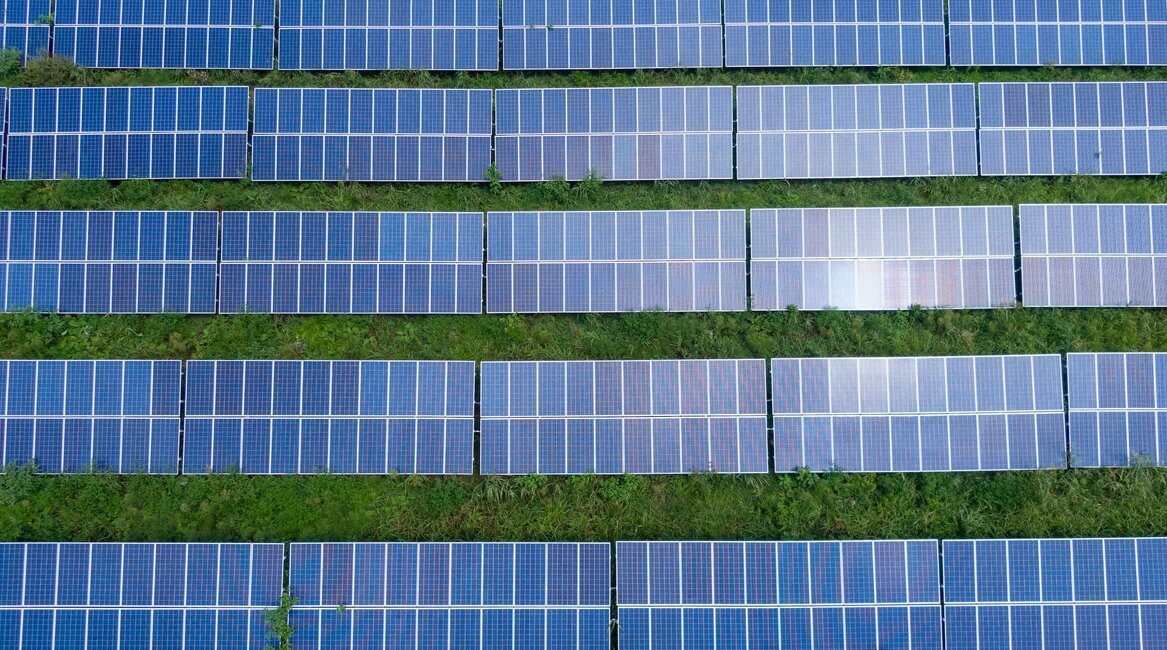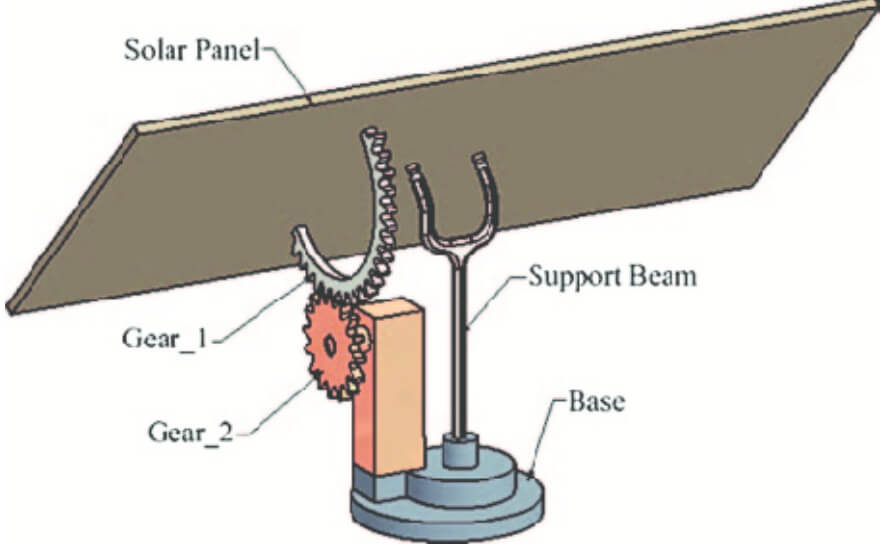
Abstract
The Automatic Solar Tracker is a system designed to enhance the efficiency and performance of solar panels by maximizing their exposure to sunlight throughout the day. Traditional fixed solar panels have limited orientation, which may result in suboptimal energy generation. The Automatic Solar Tracker addresses this limitation by dynamically adjusting the position of the solar panels to align with the sun’s position in the sky.
This project utilizes hardware and software components to achieve automatic tracking. The hardware consists of light sensors, motors, and a microcontroller. The light sensors detect the intensity of sunlight, and the microcontroller processes this data to calculate the optimal angle of inclination for the solar panels. The motors are responsible for adjusting the position of the panels accordingly.
The software part of the system involves programming the microcontroller to interpret the sensor data, calculate the optimal position, and control the motors accordingly. The algorithm considers factors such as the time of day, geographic location, and the sun’s position in the sky to ensure accurate tracking.
The Automatic Solar Tracker offers several advantages. By continuously adjusting the position of the solar panels, it maximizes their exposure to sunlight, leading to increased energy generation. This system is particularly beneficial in areas with varying sun angles or where the sun’s position changes significantly throughout the day.
Through the implementation of the Automatic Solar Tracker, solar panel efficiency can be significantly improved, resulting in higher energy output and increased cost-effectiveness. This technology is crucial in harnessing solar energy efficiently, promoting sustainable and renewable energy sources.
The goal of this project is to build an automatic solar tracker. This will allow you to track the sun’s movement and automatically adjust your solar panels to always face the sun.
Related Articles:
Automatic solar tracking system
Automatic solar trackers move the solar panel to follow the sun. They use sensors or computers to move the panels, which is more expensive than manual tracking systems. Automatic systems can cost around $3,000 for a small home and up to $8,000 for larger homes or commercial applications.

The Problem
The problem is that solar power is not widely adopted. While it has the potential to provide clean energy that doesn’t contribute to climate change and can be used in remote areas with no grid, it’s not practical for most people because of the installation and maintenance costs.
Solar panels are also not widely used because they’re expensive compared with other renewable energy sources such as wind farms or hydropower dams. Additionally, since solar panels require sunlight at certain times during the day (when most people aren’t working), they only produce energy when they are exposed directly to sunlight—making them less efficient than other forms of renewable energy like wind turbines, which generate electricity without direct sunlight exposure but can run 24/7 on standby mode if needed (although this does reduce their lifespan).
The Solution
A solar tracker is a device that follows the sun to maximize the amount of solar energy captured. The problem with solar trackers is that they are expensive and inefficient. The solution is to use a solar tracker quickly built from off-the-shelf components.
The Project – Inventor
The prototype is a solar tracker, a device that allows you to use more of the power from the sun. This can be done by tracking the sun across your roof and using it as an energy source.
This invention was made by a student at MIT who wanted to make solar power more efficient and accessible for everyone.
Other Solar Tracker Implementations
A solar tracker is a device that tracks the sun, allowing it to increase the efficiency of solar panels. Solar trackers can be used in different ways:
- To collect more light from the sun and convert it into electricity. This can be done by tracking at different angles or rotating around one axis.
- To keep the angle of incoming light constant so that there’s always even illumination across all surfaces (e.g., roof panels).
Links to Earlier Projects
You can find a great deal of information on the links below.
- How to use the links:
- Click on one of these links, and it will take you to another section of this webpage (or another webpage). If you don’t want to go elsewhere, just come here!
- The topics covered by each section are listed below. This list is not exhaustive, so feel free to explore further if something interesting catches your eye. For example, did you know that there are many different types of automatic solar trackers? There are also many ways for people like yourself who don’t have much experience with engineering but still want some way to help protect their homes from damage caused by hurricanes or other natural disasters.
This project builds on yours and relates to a significant problem.
This project is related to the problem you are solving and shows how a real-world implementation of your idea can be made. A solar tracker is a simple mechanical device that allows an object to rotate around its axis. The concept of this project is to use electricity as a force and move something like an aeroplane or car using only solar power!
The first step in building this device involves designing your PCB (printed circuit board). You will need several components for this step:
- Two resistors
- A MOSFET switch or transistor (depending on what components you have available)
Next comes soldering connections into your board so that each piece has its specific function within the whole system; this may include things like lights or buttons, which should be connected appropriately depending on their purpose within the final product!
For more Electrical Engineering topics with Abstracts, please refer to 499 topics for seminars on Electrical Engineering.
Related: Rooftop Solar Power
Conclusion
Collegelib.com prepared and published this curated abstract for selecting Electrical and Electronics Engineering Topics. In addition to this information, you should do your research before shortlisting your topic. Please include the following Reference: Collegelib.com and link back to Collegelib in your work.